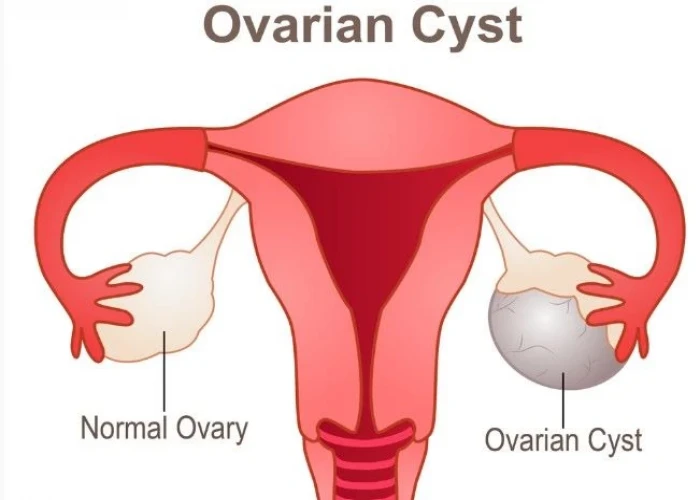 Welcome
Welcome
“May all be happy, may all be healed, may all be at peace and may no one ever suffer."
Ovarian cysts

Ovarian cysts are fluid-filled sacs that form on or within the ovaries, which are female reproductive organs that produce eggs and hormones. They are common and usually harmless, although they can sometimes cause pain or other symptoms.
Symptoms of ovarian cysts may include:
- Abdominal bloating or swelling
- Pelvic pain or pressure
- Pain during sex
- Menstrual irregularities
- Difficulty emptying the bladder or bowels
- Painful bowel movements
- Nausea or vomiting
However, many ovarian cysts are asymptomatic and are discovered during a routine pelvic exam or imaging test.
There are different types of ovarian cysts, including functional cysts, which are the most common type and typically resolve on their own within a few months, and other types of cysts that may require medical intervention.
Diagnosis of ovarian cysts may involve a physical exam, imaging tests such as an ultrasound or CT scan, and in some cases, a biopsy to rule out the possibility of cancer.
Treatment of ovarian cysts depends on the type of cyst and the severity of symptoms. In many cases, observation and monitoring of the cyst is recommended, particularly for functional cysts that are likely to resolve on their own. Pain relievers may be prescribed to alleviate discomfort. In some cases, surgery may be recommended to remove the cyst, particularly if it is large or causing severe symptoms.
Prevention of ovarian cysts is not currently possible, as their exact cause is not well understood. However, some risk factors for ovarian cysts include hormonal imbalances, endometriosis, and polycystic ovary syndrome.
Research Papers
Disease Signs and Symptoms
- Pelvic pain
- Abdomen lump
- Abdomen bloating
- Pelvic pain a dull or sharp ache in the lower abdomen on the side of the cyst
Disease Causes
Ovarian cysts
Most ovarian cysts develop as a result of your menstrual cycle (functional cysts). Other types of cysts are much less common.
Functional cysts
Your ovaries normally grow cyst-like structures called follicles each month. Follicles produce the hormones estrogen and progesterone and release an egg when you ovulate.
If a normal monthly follicle keeps growing, it's known as a functional cyst. There are two types of functional cysts:
- Follicular cyst. Around the midpoint of your menstrual cycle, an egg bursts out of its follicle and travels down the fallopian tube. A follicular cyst begins when the follicle doesn't rupture or release its egg, but continues to grow.
- Corpus luteum cyst. When a follicle releases its egg, it begins producing estrogen and progesterone for conception. This follicle is now called the corpus luteum. Sometimes, fluid accumulates inside the follicle, causing the corpus luteum to grow into a cyst.
Functional cysts are usually harmless, rarely cause pain, and often disappear on their own within two or three menstrual cycles.
Other cysts
Types of cysts not related to the normal function of your menstrual cycle include:
- Dermoid cysts. Also called teratomas, these can contain tissue, such as hair, skin or teeth, because they form from embryonic cells. They're rarely cancerous.
- Cystadenomas. These develop on the surface of an ovary and might be filled with a watery or a mucous material.
- Endometriomas. These develop as a result of a condition in which uterine endometrial cells grow outside your uterus (endometriosis). Some of the tissue can attach to your ovary and form a growth.
Dermoid cysts and cystadenomas can become large, causing the ovary to move out of position. This increases the chance of painful twisting of your ovary, called ovarian torsion. Ovarian torsion may also result in decreasing or stopping blood flow to the ovary.
Disease Prevents
Ovarian cysts
Although there's no way to prevent ovarian cysts, regular pelvic exams help ensure that changes in your ovaries are diagnosed as early as possible. Be alert to changes in your monthly cycle, including unusual menstrual symptoms, especially ones that persist for more than a few cycles. Talk to your doctor about changes that concern you.
Disease Treatments
Treatment depends on your age, the type and size of your cyst, and your symptoms. Your doctor might suggest:
- Watchful waiting. In many cases you can wait and be re-examined to see if the cyst goes away within a few months. This is typically an option — regardless of your age — if you have no symptoms and an ultrasound shows you have a simple, small, fluid-filled cyst.
- Your doctor will likely recommend that you get follow-up pelvic ultrasounds at intervals to see if your cyst changes in size.
- Medication. Your doctor might recommend hormonal contraceptives, such as birth control pills, to keep ovarian cysts from recurring. However, birth control pills won't shrink an existing cyst.
- Surgery. Your doctor might suggest removing a cyst that is large, doesn't look like a functional cyst, is growing, continues through two or three menstrual cycles, or causes pain.
- Some cysts can be removed without removing the ovary (ovarian cystectomy). In some cases, your doctor might suggest removing the affected ovary and leaving the other intact (oophorectomy).
- If a cystic mass is cancerous, your doctor will likely refer you to a gynecologic cancer specialist. You might need to have your uterus, ovaries and fallopian tubes removed (total hysterectomy) and possibly chemotherapy or radiation. Your doctor is also likely to recommend surgery when an ovarian cyst develops after menopause.
Disease Diagnoses
Disease Allopathic Generics
Disease Ayurvedic Generics
Disease Homeopathic Generics
Disease yoga
Ovarian cysts and Learn More about Diseases
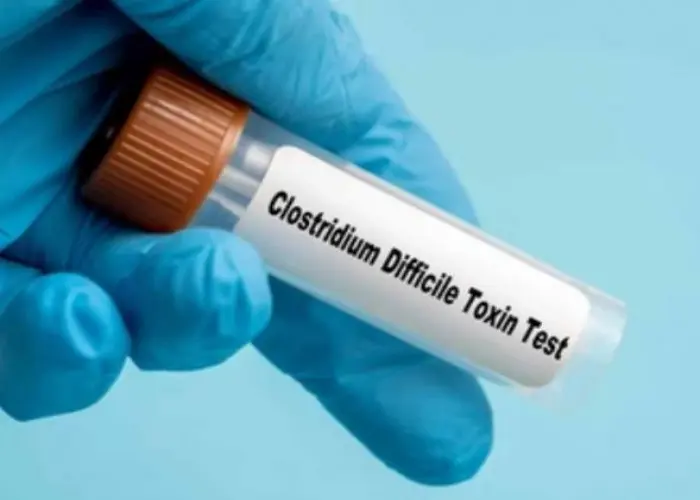
Antibiotic-associated diarrhea

Lung cancer
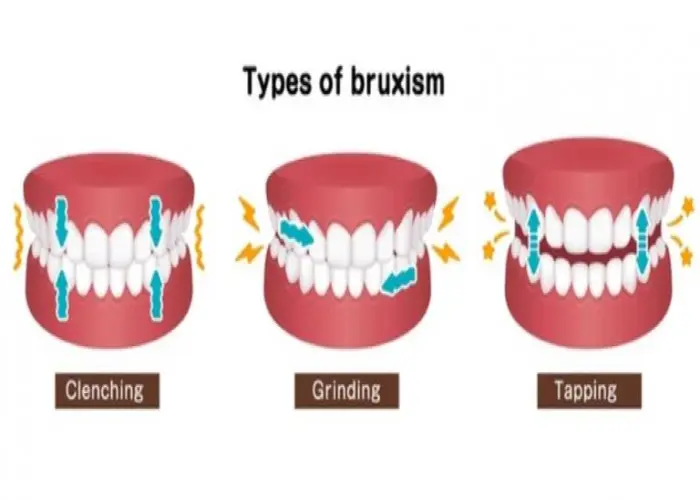
Bruxism (teeth grinding)

X-linked agammaglobulinemia
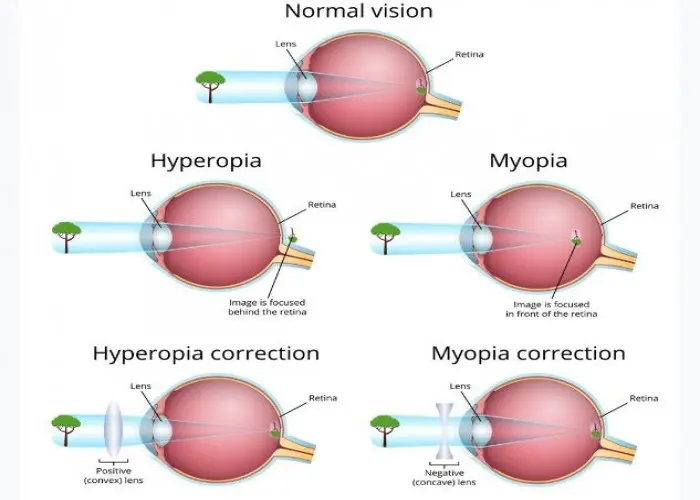
Farsightedness

Prostatitis
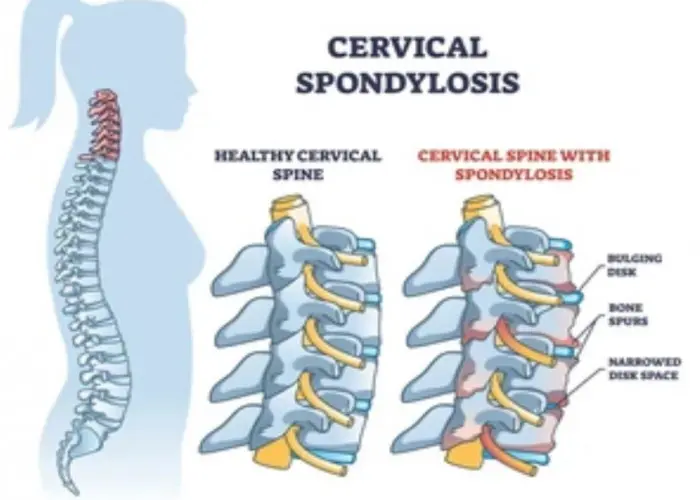
Cervical spondylosis

Secondary hypertension
ovarian cysts, ডিম্বাশয়ের সিস্ট
To be happy, beautiful, healthy, wealthy, hale and long-lived stay with DM3S.
